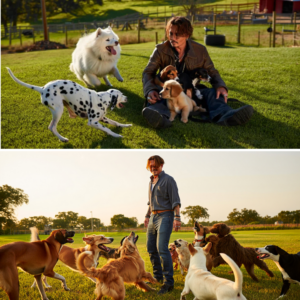In a move that could redefine the trajectory of not just Tesla, but the entire global economy, Elon Musk appears to be shifting away from his long-standing mission of electrifying transportation. Instead, the millionaire visionary now has his sights set on a far more ambitious target: mass-producing humanoid robots at a scale the world has never seen.
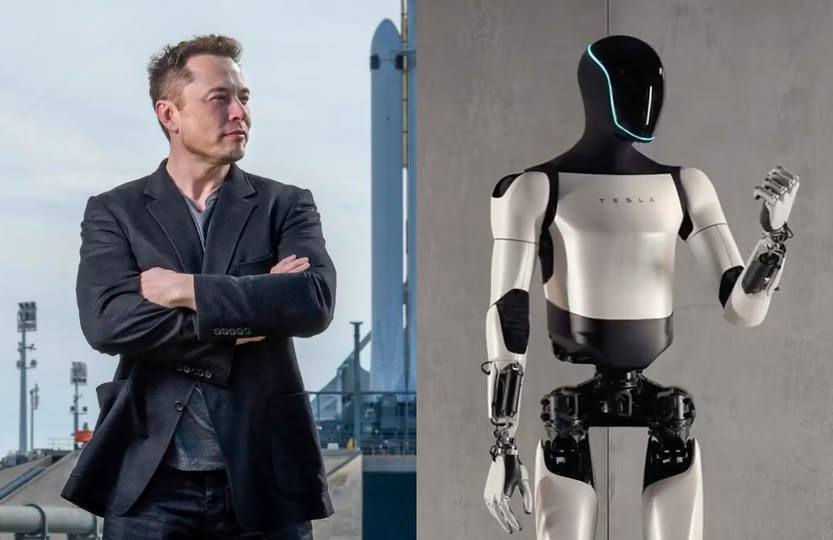
According to recent remarks and internal company projections, Musk believes Tesla will one day manufacture and sell up to 100 million Optimus droids every year—a figure that not only eclipses global auto sales but enters the realm of science fiction.
While the idea may sound far-fetched, it is grounded in a real and increasingly serious pivot inside Tesla. For years, the company’s mission has revolved around transitioning the world to sustainable energy, primarily through electric vehicles and solar technology.
But recent decisions by Musk—and more importantly, the abandonment of key automotive projects—signal that the car business may no longer be the centerpiece of Tesla’s future. Instead, artificial intelligence and robotics are moving to the forefront, with the humanoid robot Optimus now positioned as the next trillion-dollar product line.
Tesla’s vehicle lineup has recently come under intense scrutiny. The long-awaited affordable Model 2, a compact $25,000 electric car meant to democratize EV ownership, has reportedly been shelved.
Internal sources claim Musk found the project too mundane and unworthy of Tesla’s “disruptor” status. Instead, he greenlit the development of the Cybercab, a futuristic robotaxi with no steering wheel, no pedals, and no human controls. While radical in concept, even Tesla’s internal analysis warned the Cybercab might never be profitable, with limited market appeal and potential regulatory hurdles.
This rejection of traditional automotive logic is not a blip—it’s a signal. Tesla’s pivot away from consumer-focused EVs toward AI-enabled platforms shows that Musk is betting on a completely different kind of future.
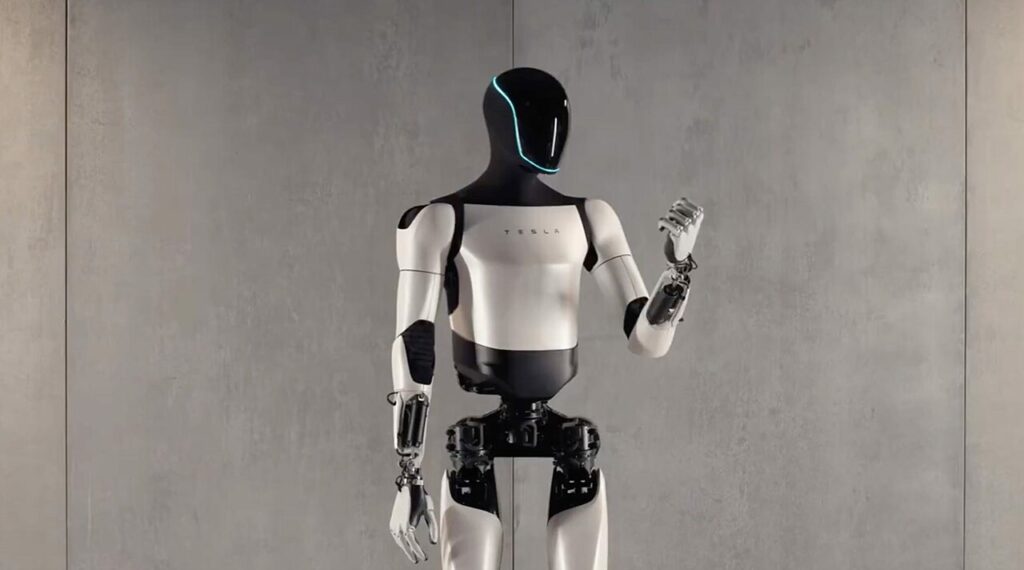
At the center of that bet is Optimus, the humanoid robot Musk first revealed in 2021. Initially treated with skepticism, the Optimus project has quietly evolved into one of Tesla’s most significant and heavily resourced initiatives.
In recent investor calls and interviews, Musk has repeatedly emphasized that Optimus is “the most important product Tesla is developing.” In one of his most audacious claims to date, Musk stated that Optimus production could eventually scale to 100 million units per year.
The logic? These robots, once perfected, could replace or augment human labor in virtually every sector—from manufacturing and logistics to retail, elderly care, and even space exploration.
If that number sounds surreal, that’s because it is. There are currently only around 8 million people on Earth. Selling 100 million robots annually implies either that each human would own a dozen droids—or that these machines would populate entire industries, companies, and autonomous infrastructures.
Musk claims that Optimus could eventually be built at a cost of $10,000 per unit, with a sales price significantly higher depending on their skill set and autonomy level. If Tesla sold 100 million robots at a $20,000 average price point, the annual revenue would be a staggering $2 quadrillion—a figure that dwarfs the GDP of all countries combined.
Realistically, analysts say even one-tenth of that scale would make Tesla the most valuable enterprise in history.
For now, these figures are less about near-term forecasts and more about illustrating Musk’s long-term vision. However, Tesla has already begun producing early versions of Optimus at its factories, testing them in light manufacturing tasks, including component assembly and warehouse logistics.
Musk has never been shy about chasing audacious goals. But his growing disinterest in the automotive business appears to stem from two key factors: saturation and diminishing innovation. With every major automaker now producing EVs, the space Musk once dominated is becoming crowded and commoditized.
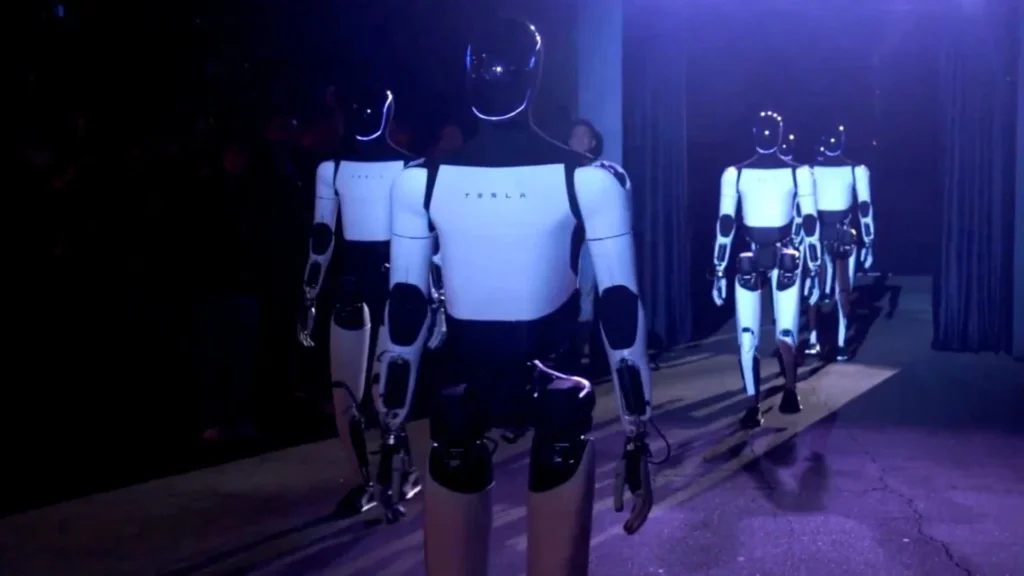
Meanwhile, Tesla’s internal innovation cycles—especially around vehicle design—have slowed, with delays to both the Cybertruck and the long-promised Roadster.
“There’s nothing exciting about making another compact car,” a Tesla insider reportedly told The Information. “Elon believes that era is over.”
Moreover, Musk appears disillusioned with the public’s growing expectation that Tesla should focus on affordability and mainstream relevance. From his perspective, that’s not the path of disruption—it’s the path of Ford and Toyota. For a man who aims to colonize Mars and digitize human consciousness, building $25,000 hatchbacks is a creative dead end.
Optimus, by contrast, opens up new frontiers. It’s not just about transportation—it’s about redefining labor, productivity, and even personal companionship.
Of course, the Optimus project is fraught with risk. Humanoid robots have long been a dream of the tech world but have consistently failed to deliver at scale. Companies like Honda and Boston Dynamics have demonstrated prototypes for decades, but none have cracked the code on affordability, mass production, and safety.
Critics argue that Tesla is no better positioned to solve these challenges. In fact, its relative inexperience in robotics could be a major handicap. Moreover, Musk’s public track record of overpromising—on everything from the timeline for autonomous driving to the Cybertruck rollout—makes investors wary of such grand proclamations.
Still, Tesla has one crucial advantage: its vertically integrated AI ecosystem. With its Dojo supercomputer, neural networks, and real-time data from millions of vehicles, Tesla may have the best infrastructure for training robotic behavior at scale.
Combine that with Musk’s relentless ambition, and the dream of 100 million robots—while still distant—suddenly doesn’t seem entirely impossible.
As Tesla prepares for its upcoming shareholder meeting and product update, all eyes are on where the company goes next. With declining automotive margins, global competition from Chinese EV makers, and regulatory uncertainty in Western markets, the traditional car business may no longer hold Musk’s attention.
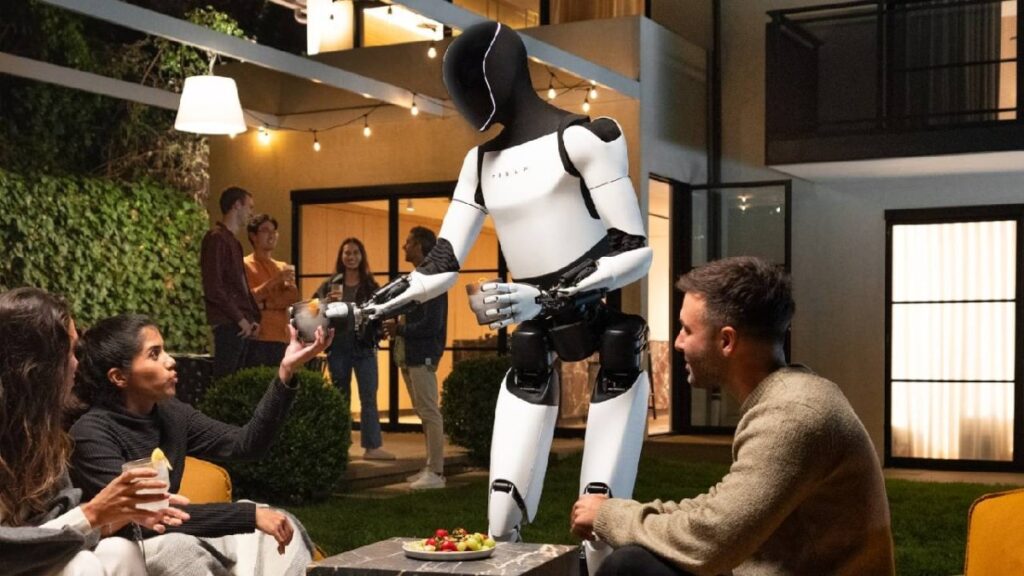
In its place, we’re seeing a Tesla that resembles more of a tech-labor conglomerate than a car company. One where revenue comes not from physical products on four wheels, but from subscription AI services, robotic assistants, and fully automated supply chains. It’s a vision that, if successful, could radically reshape the global economy—and possibly make Musk the first trillionaire.
But it also raises profound questions: What happens to the millions of factory workers, drivers, and low-skill laborers displaced by robots? Can society adapt to a world where robots outnumber humans 10 to 1?
And will consumers trust humanoid machines built by a company better known for luxury vehicles and internet memes?
Musk, as usual, seems unconcerned with skepticism. For him, the future has never been about compromise or consensus—it’s about domination. And now, his eyes are set not on highways or Mars, but on the factory floor of humanity itself.

